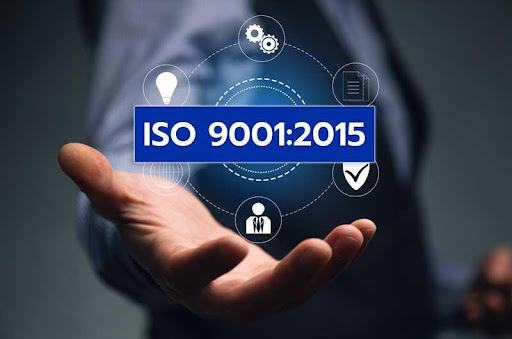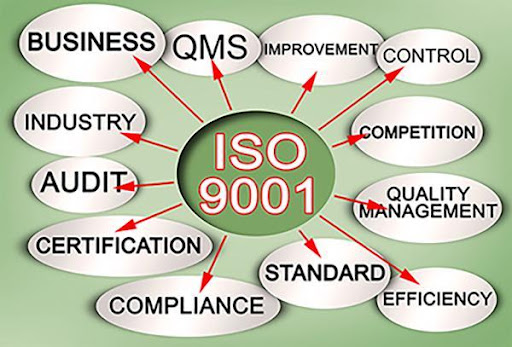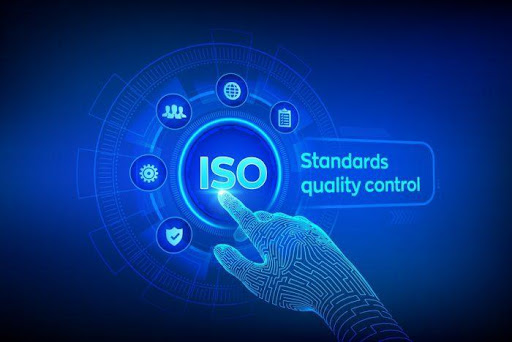Whenever someone talks about quality management and quality assurance, it is a rarity if the name ISO 9001 does not come up. One can even say that ISO 9001 is synonymous with good quality. However, have you ever wondered what ISO 9001 actually is? In this article, we will talk about the common queries related to ISO 9001. Let us begin.
ISO 9001 definition
ISO 9001 is the international standard that lays out requirements for a Quality Management System (QMS) that can benefit organisations of any size or industry. ISO 9001 was published by International Organization for Standardization (ISO) and was last updated in 2015, commonly referred to as ISO 9001:2015. To be released for public access, the standard had to pass the consensus. In other words, it had to be agreed upon by a majority of member countries in ISO to become internationally recognised.
What is a quality management system?
The definition that ISO 9001 uses to describe a quality management system is that it is a management system that any company can implement to provide products and services which continually meet customer and regulatory needs. A QMS is defined as a formalised and well-thought-out system that documents responsibilities, procedures and processes so that an organisation can achieve its quality policy and objectives. Essentially, QMS contains a set of policies, procedures and processes that improve customer satisfaction, lay a foundation of quality assurance activities and foster a culture of quality-first within the organisation. Four types of quality processes are prominent in industries across the globe, including Six Sigma, CMMI, AS 91001, and of course, ISO 9001, which is the most flexible and most loved.
Why is ISO 9001 important?
As mentioned above, ISO 9001:2015 has passed a consensus of most member nations in the ISO, meaning that it has become an internationally accepted and applauded standard for creating, implementing and maintaining a QMS. It has received so much praise because it is recognised as a system to ensure customer satisfaction and continual improvement in companies of different sectors.
This certificate assures your customers that you have established a QMS based on the seven quality management principles and incorporates best practices that are prevalent in your specific industry. Moreover, customer trust is also enhanced as acquiring ISO 9001 certificate requires companies to undergo various internal audits and a strict certification audit.
This constant evaluation magnifies brand credibility when any organisation is granted ISO 9001 certificate. Consequently, customers understand that any organisation with ISO 9001 would produce products or services that are effective, high-quality, sustainable, durable, reliable, functional and safe. Therefore, the ISO 9001 standard is not only beneficial for organisations but also helps mitigate customer scepticism.
ISO 9001:2008 vs ISO 9001:2015

The current version of the standard was updated in 2015, and this version has superseded all the previous revisions. In this update, the standard saw a major structural change from its predecessor, namely ISO 9001:2008 standard. This revision has bought a better integration with other business practices, enhancement of the process approach, and the Plan Do Check At (PDCA) cycle. Moreover, the 2015 update decentralised the system and spread the responsibilities of the QMS across the organisation by urging greater involvement of the top management. Lastly, there was a higher emphasis on performance monitoring and the introduction of risk-based thinking about the QMS.
ISO 9000 versus ISO 9001
ISO 9001 belongs to the ISO 9000 family. ISO 9000 outlines the seven quality management principles that form ISO 9001 and defines all the terms used within the standard. Additionally, another member of the ISO 9000 family, namely ISO 9004, outlines guidance on enhancing the success, functionality and focus of the QMS by modifying ISO 9001 processes. To summarise, ISO 9000 and ISO 9001 are both members of the same family and are meant to supplement each other.
How to implement ISO 9001?
To implement ISO 9001-compliant QMS, you must begin by identifying the exact requirements of your customer base and gathering management support. This will allow you to define your quality policy and quality objectives in addition to the overall scope of the QMS. Moreover, you will need to create the mandatory and supplementary processes and procedures necessary to properly document all QMS activities related to creating and delivering your product/services. Once all the procedures and processes are in place, you must collect the records and evidence of your QMS functioning through internal audits.

Process of ISO 9001 certification in Australia
You must submit your request to an accredited certification body in Australia. ISO 9001 consultancy services, like ISO 9001 Consultants, help organisations simplify the ISO 9001 certification Australia process by implementing, strengthening, and improving the QMS.
Conclusion
ISO 9001 can be defined as a standard that lays out the requirements for organisations to build a strong QMS.










